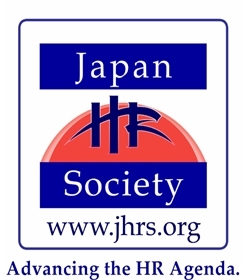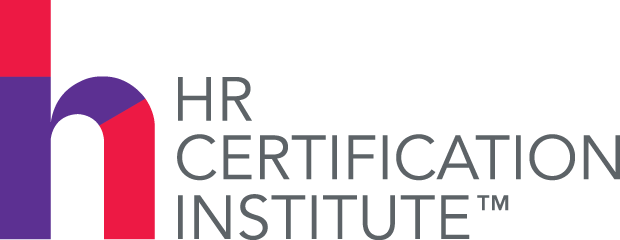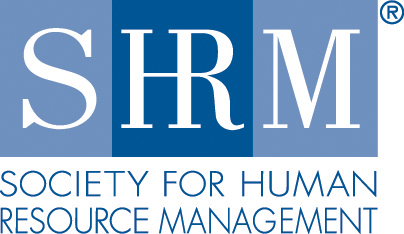Certain human needs and drives play a dominant role in employee motivation, morale, and performance. When you create a work experience that taps into these needs and drives, you inspire employees to perform at their best.
The needs and drives in this questionnaire are based on best practices of high performance organizations like Ritz Carlton and Southwest Airlines, research within the business world, and research on human nature from a wide range of scientific disciplines.
A synthesis of these many sources, this tool identifies some of the most powerful drivers of employee motivation, morale, and performance.
Each driver is followed by a series of questions you can use to assess whether the work experience you provide satisfies that driver, and to guide you in the process of designing that driver into your work experience.
For optimal results, use these questions to facilitate focus groups and individual conversations with your staff. This will not only give you more accurate information, it will involve your employees in the process—which in itself leads to greater employee engagement.
Download this Guide from The JHRS
Knowledgebase under the "General HR Management" sub-folder. (Requires Virtual or Premium Level access.)





